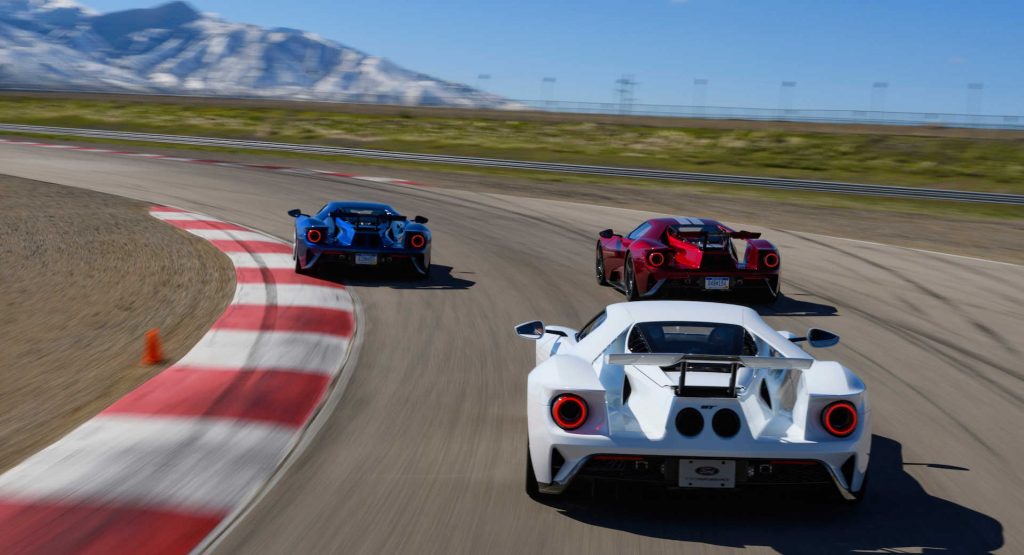Back in the day, to showcase how fast their new vehicle was and to make an aggressive statement, automakers would take their cars to the Nurburgring. The rules were pretty simple: quickest car around the track won brownie points with enthusiasts and other automakers. Now, things are a little different.
Testing a car at the Nurburgring used to be a rite of passage. Completing a solid lap around the Green Hell and developing a vehicle around that lap time was the norm for high-performance vehicles. It’s just how things were done and it led to rivalries between brands. Setting quick lap times around the track also forced automakers to develop better machines.
The new Honda Civic Type R is a great example of this. Volkswagen set a new lap record around the Nurburgring with the Golf GTI Clubsport S in December of 2016. Roughly four months later, Honda took that title away from VW with the Civic Type R. While it’s impossible to state whether Honda’s desire to set a quick lap time around the Nurburgring actually resulted in a better hot hatch, it certainly didn’t hurt.
While VW and Honda duke it out on the track with their hot hatches, other automakers, like Hyundai, don’t see a need to. Instead of worrying about lap times around tracks, Hyundai, especially when developing the i30N, was more concerned with creating an all-rounder. That’s fine and all, the i30N is clearly a great hot hatch. But we would’ve loved to see how Hyundai’s offering stacks up against Honda and VW’s.
It’s normal for automakers to skip testing on lower vehicles, as the majority of individuals aren’t that interested in how fast your base Civic is around the Nurburgring. But one group of vehicles enthusiasts could always count on to when it comes to lap times was supercars.
With supercars, everything’s about bragging rights. Who has the most horsepower, who’s the quickest to 60 mph, who has the highest top speed? These are all important specs, and setting a quick lap time around the Nurburgring used to be important. Some automakers took it so seriously, that they made limited-edition Nurburgring variants of supercars, like Lexus did with the LFA.
After cooling down for a while, automakers are starting to take lap times seriously again and that’s a good thing. The recent saga with the Ford GT and Chevrolet Corvette ZR1 was highly entertaining.
Earlier this year, Car and Driver laid down a quicker lap time at Virginia International Raceway (VIR) in a GT than in a Porsche 918 Spyder. After that, Ford reportedly visited the track with a race car driver and set an even quicker time of 2:38.62, which was good enough for the production-car record. Up until that point, the Dodge Viper ACR, which broke numerous track records, was the fastest production car to lap VIR.
Now, Chevrolet’s entered the fray claiming it has set a time of 2:37.25 with the new Corvette ZR1. While some may believe that lap times are boring, all of this competition is incredibly entertaining. And when normal high-performance vehicles can set down quicker times than hybrid hypercars, it’s a fun time to keep track of who’s quicker.
Nurburgring lap times may have lost some of their luster (mainly due to overexposure), but it’s an exciting time when automakers go head-to-head for ultimate lap times. While Ford claims that it’s not after lap times, we’d love to see Chevy go to the Nurburgring with the Corvette ZR1 and lay down a quick lap. Ford doesn’t want to be outclassed by a cheaper high-performance sports car, and would have to retaliate, which would keep the battle going.
Setting a quick lap time has become cool again and we have American automakers to thank for it.




